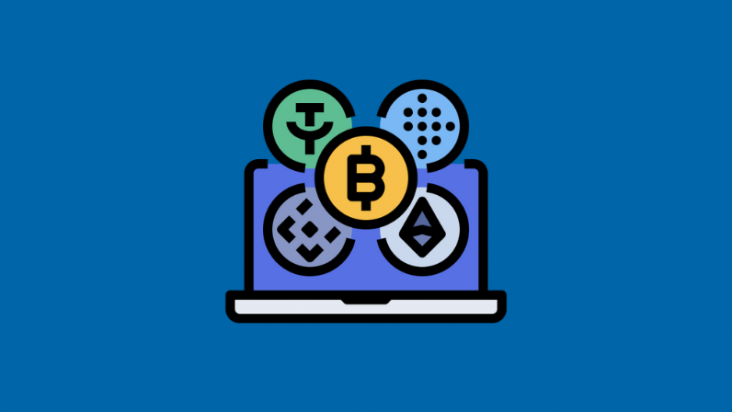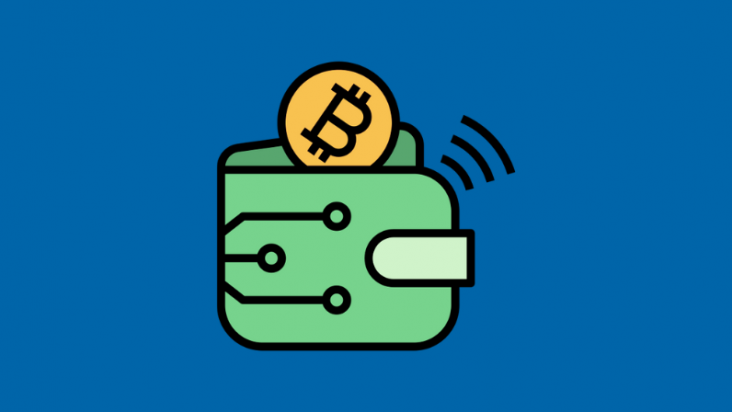
In recent years, the Play-to-Earn (P2E) games market has shown impressive growth rates, attracting more and more attention from investors and players alike. This trend is driven not only by the opportunity to make money while playing games, but also by the innovative combination of gaming with blockchain technology, which opens up new horizons of opportunity for all market participants.
Navigating the P2E Landscape: How to Select the Right Game for Investment
The difficulty in making a choice lies not only in the number of games on offer, but also in the need for a deep understanding of P2E mechanics, economic models, and blockchain technology. Investors and players have to carefully analyze each title, assessing its long-term perspectives, economic sustainability, development team, and earning potential. In this context, an important role is played not only by gameplay attractiveness, but also by the project’s financial transparency, security, and legitimacy. When making a choice in favor of a particular P2E game, it is necessary to consider a number of key aspects: the project’s reputation, its developers’ experience and openness, community activity and involvement, as well as stated roadmap’s clarity and feasibility. All this requires time and careful study: reading reviews, analyzing white papers, as well as going through forums and social media pages.
The constant growth in the number of P2E titles makes the market both attractive and difficult to navigate. In this world of new opportunities, it is critical to not only follow the trends, but also have a deep understanding of P2E fundamentals and principles. Only informed choices will maximize one’s benefits and enjoyment of participating in the world of Play-to-Earn games.
Approach P2E project selection for investment or participation with full awareness of all of its facets, from marketing and documentation materials to community activity. Let us take a closer look at each of these aspects.

Key Considerations for Evaluating Play-to-Earn (P2E) Projects
1. Beautiful Trailer
Colorful and spectacular game trailers can impress and make the viewer want to invest in a project, but they do not always reflect the game’s true quality and potential. Trailers, especially in the P2E industry, are often made to attract attention and may not be fully representative of the final gaming experience. They may look perfect, but they do not always reflect the actual game mechanics, depth of content, or the project’s sustainability. That is why it is important to look at reviews, gameplay prototypes, and independent reviews to gain a more complete picture of a potential investment target.
2. Project Documentation
Its roadmap and white paper are the key documentation that provide an in-depth understanding of the project’s objectives and development plans. However, their presence alone should not be the only factor you consider before making an investment. It is important to critically analyze the information provided within said documents:
- The roadmap should be realistic and decently detailed, with clear milestones and timelines. It should not only show the development plans for the game, but also how the developers are going to realize them;
- The white paper should provide detailed descriptions of game mechanics, economic model, technological architecture, and other key aspects of the project. It should address potential risks and ways to address them;
- The information in these documents should be checked for consistency and feasibility. It must also coincide with other sources of information about the same game.
3. Exploring the Game’s Community
An active and engaged community can be a good indicator of a P2E project’s health and potential. However, it is important to realize that social media metrics can be artificially inflated. The following aspects are worth paying attention to:
- Community Activity: Check how active the community is in discussions, how often developers interact with their players, and how responsive they are to feedback;
- Quality of Interaction: The mere number of participants or subscribers is not always an indicator of a healthy community. It is important to assess how meaningful the discussions are and how players feel about the project.
Overall, analyzing these aspects takes time and effort, but they are essential to making an informed investment decision in the world of P2E gaming.
4. Project Team
The first and perhaps most important step in evaluating any P2E project is to examine the team behind its development. A look at the team’s history of success (or failure), their professional experience, and transparency of their work can say a lot about the project’s potential. Teams with deep knowledge of the gaming industry and blockchain technology, as well as a proven track record of launching projects, often have the best prerequisites for turning a profit.
5. Timeline and Development
The next important consideration is whether the development timeline is realistic and what level of support the project does or would enjoy after the official launch. Projects that evolve quickly, responding to community feedback and making necessary changes, demonstrate their commitment to long-term success.
6. Economic Model
The game’s economy should be sustainable and provide for a variety of revenue sources to ensure the project’s long-term development and its independence from external factors, such as cryptocurrency fluctuations. Economic model transparency and balance are key factors for attracting and retaining players, not to mention ensuring the project’s sustainability.
7. Risks and Earning Potential
It is important to evaluate the potential ways of earning money from a project and weigh them against the risks. Understanding exactly how you can earn by playing or investing in a particular game, as well as what factors may affect your income, will help you form realistic expectations.
8. Target Audience and Competitive Field
Analyzing competitors and target audience provides an understanding of the market niche in which the project plans to stake its place. Projects that offer unique features or solutions to pre-existing problems have a better chance of success.
9. Studying Reference Projects
Evaluating the success or failure of similar projects can provide valuable lessons and insight into the potential risks and obstacles a game might face.
10. Accessibility and Cost of Participation
Projects that emphasize accessibility to a wider audience and offer a reasonable entry threshold can expect to expand their user base more quickly and, as a result, accelerate their development.
11. Security and Legal Aspects
It is very important to analyze the legal cleanliness of the project and its compliance with all relevant laws of the countries where it is present. It is also critical to pay attention to the measures taken to ensure user data and fund security.
12. Community Engagement
Projects that actively engage with their community receive feedback that can be used for improvement and development. The degree of community involvement and its attitude towards a project can say a lot about its potential and prospects.
13. Technological Base
The technology underpinning the project should offer high performance, scalability, and security. The choice of blockchain, smart contracts, and other technological solutions affects a project’s ability to adapt to changing market demands and grow its audience.
Choosing a promising P2E project for investment is a complex process that requires in-depth analysis and understanding of multiple factors. Taking the above-mentioned information into account will allow you to significantly increase the chances for a successful investment. It is important to keep the risks in mind and diversify your investments to minimize potential losses. Working with professionals and continuously improving your knowledge in the field of cryptocurrencies and blockchain technology can also significantly improve your chances of success in this rapidly evolving industry.
Efficient Strategies for In-depth P2E Project Evaluation
It is also important to realize that this is not a complete list of what you will need to fully evaluate a project, but even these 13 items can take a great deal of time to study and form a proper assessment. You can try to do it all yourself, spending a lot of effort and valuable time, and the result may provide a lot of information to digest and give you a deeper understanding of the field, or you can hire professionals who have already done this before and will gather the information faster and more efficiently. This can be done by your own hired specialist with relevant experience, but then they will still have to spend an unknown amount of time researching the projects of interest. For this kind of in-depth research, I would recommend hiring a team that can get the job done quickly and efficiently. In our company, we previously performed a detailed P2E gaming industry media influencer research to determine the ways in which influencers affect earnings in the field of P2E games. Within the scope of this study, we:
- Searched reference websites;
- Analyzed relevant Reddit, Facebook, Medium, Telegram, and X (formerly Twitter) communities;
- Studied individual platforms’ conditions, collecting data from existing communities;
- Proofread and researched articles, generating a TOP-40 list of articles with descriptions;
- Compiled and formed charts based on the collected data.

Conclusion
If needed, it is possible to take the client’s individual requests into account when running analysis. Remember that every day the number of P2E projects is increasing, offering unique worlds, plots, and economic models. While on the one hand this provides players with a wide choice of games to try, on the other it complicates the process of choosing the most promising and interesting project to participate in. The variety of genres, from classic strategies and RPGs to simulators and arcades, makes the P2E market truly multifaceted, but at the same time greatly complicates the evaluation of each individual project’s potential.







